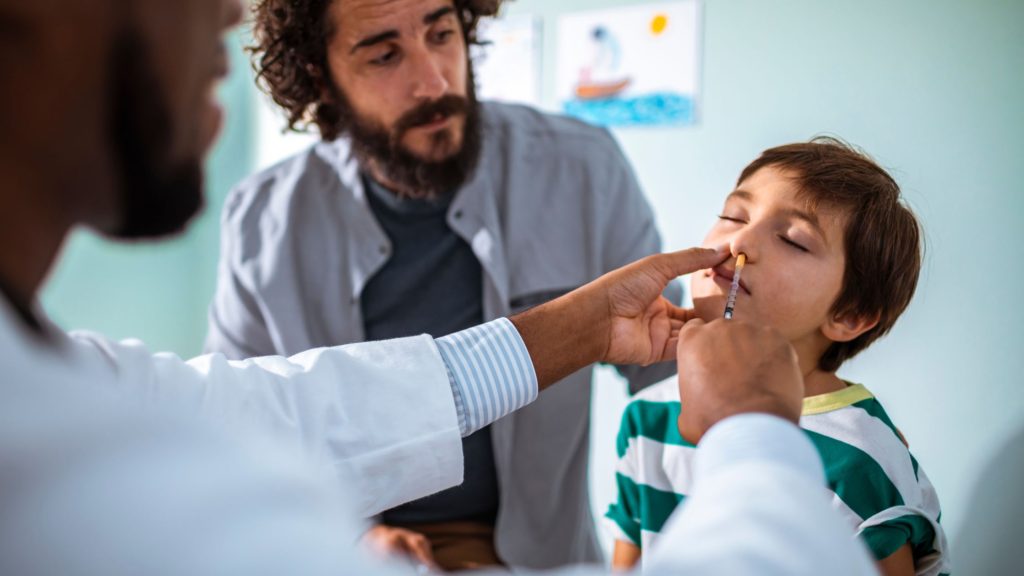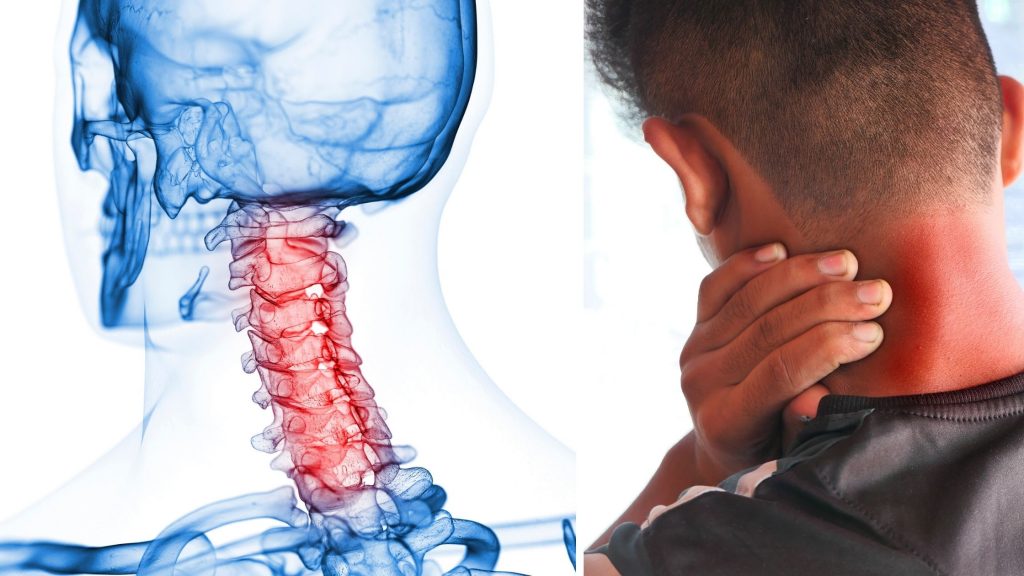Last updated on April 11th, 2025 at 05:28 pm

If you have a weak handshake or weak hand grip you have a risk of early ageing and early death. This is revealed in recent 8-year-long research conducted in the United States and was published online in the Journal of Cachexia, Sarcopenia and Muscle1. How is the weak hand grip strength related to early ageing and death? How this research was conducted and what made scientist to conclude this? Let us find the answer in this article.
Weak hand grip and ageing
Scientists already knew that weak grip strength is evidence for muscle weakness and negative ageing-related health outcomes. In one of my previous articles, the researchers used hand grip strength to find the ill effect of vitamin D deficiency on muscle weakness. Given this, the author of this report including previous studies labelled grip strength as a ‘biomarker of ageing”.
In the present research1, the researchers were curious whether the accelerated rate of the ageing process can also be linked to decreasing hand grip strength. An accelerated ageing process means the person will get older earlier than normal with the negative outcomes of ageing including diabetes, physical disability, cognitive decline (including Alzheimer’s disease) and early death.
To measure accelerated ageing, scientists used DNA methylation (DNAm) level. DNAm is a biological process that increases with increasing age. According to the research paper, DNA methylation is highly implicated in the development of disease and the rate of biological ageing. “DNAm age is a robust biological ageing clock providing a superior estimate of the biological age over chronological age,” authors wrote in their new report. Meaning, through DNA methylation the biological age can be predicted, and the accelerated DNAm ageing indicates an accelerated biological ageing process.
So, the objective of this study was to determine the association between hand grip strength and DNAm level acceleration.
Researchers compared hand grip strength with blood sample
For this, the researchers recruited participants of age 51 and above from Health and Retirement Study (HRS). HRS is a project that collects data on the health and economic circumstances of adults over age 50 in the United States. It began collecting data in the year 1992 in which the participants would share their information by answering certain questionnaires, this way it paints a portrait of life after 50 in America. They would follow them until death.
Researchers for the present study collected the data from HRS starting in 2006 and selected a total of 1275 participants. The average age of the participants was 70 years.
All the participants were involved in a face-to-face interview and were included in the physical and biological measurements. The most important physical and biological measurements included hand grip strength, blood sample and saliva.
For measuring hand grip spring-type hand dynamometer was used. They were instructed to squeeze the device with maximal effort and then let go. From the blood sample, the scientist studied DNA methylation(DNAm) level.
What weak grip strength tells about your health and what to do about it
All the collected data were finally analysed. The grip strength of individual participants was compared with the age of DNAm. What the scientist found in the result was truly a matter of health concern. The principal finding of the study is that among middle-aged and older men and women, lower hand grip strength was associated with higher DNAm age. As we discussed earlier in this article, the high DNAm age signifies an increased ageing process.
Let me interpret it in simple language, the process of ageing was found to be higher in men and women whose hand grip strength was found to be weaker than normal. This clearly indicates that active lifestyles, like regular physical activity and healthy dietary habits, are very important to maintain health and can reduce the ageing process within our bodies. Another study says that if you are living near green spaces and parks can also reduce ageing..
We recommend you act now and add walking and jogging to your daily routine. A younger person can even go cycling and swimming which are very effective forms of aerobics. Previous research clearly indicated that physical lifestyle and activities help maintain optimal blood sugar levels, reduce the risk of heart disease. A study has found that even 2 minutes of walking every 30 min is enough for healthy muscles.
Seniors who can not stand and do exercises can also perform exercises in a sitting position specially designed for senior or wheelchair-bound disabled persons.
Keep Reading: Why To Start Gardening Today To Improve Your Health & Well-Being
The author is a physiotherapist who has been practising for the last 17 years. He holds a Bachelor's in Physiotherapy (BPT) from SVNIRTAR (Swami Vivekananda National Institute of Rehabilitation and Research), one of the prestigious physiotherapy schools in India.
Whatever he learns dealing with his patient, he shares it with the world through blogs and e-books. He also owns a YouTube channel, "Sunit Physiotherapist" with over 8 lakh active subscribers. Here, he shares everything he gets to learn serving the patient.




